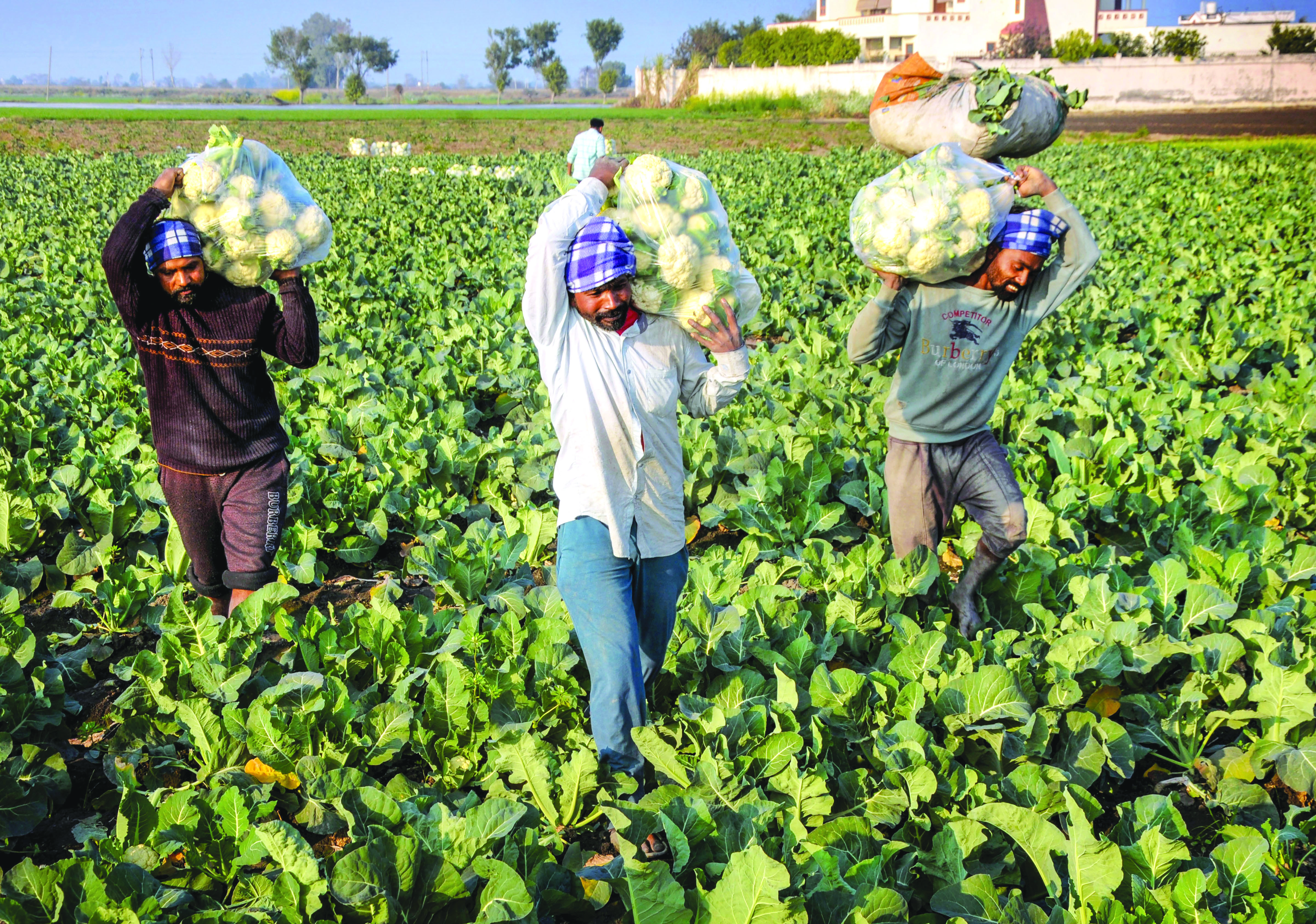Agriculture sector gets big digital push and new funds

The major announcements for agriculture sector in the Union Budget 2023-24 is aimed at expanding digital technologies in the agriculture to provide a new dimension to farming sector that employs around 46 percent of the country’s total workforce.
While presenting the last full Union Budget (2023-24) of the government led by Prime Minister Narendra Modi ahead of the general elections in 2024, Finance Minister Nirmala Sitharaman unveiled major digital agriculture plans to make this sector more viable and ‘lucrative’ to expand the income trajectory of farmers in the coming years.
The major announcements made by the finance minister in the Union Budget for the agriculture sector are creating digital public infrastructure for agriculture, facilitating one crore farmers to adopt natural farming over the next 3 years, establishing Agriculture Accelerator Fund to encourage agri startups by young entrepreneurs in rural areas and an 11 percent increase in agriculture credit target to Rs 20 lakh crore for the next fiscal year with a focus on animal husbandry, dairy and fisheries.
As per the finance minister, the digital public infrastructure for agriculture will be built as an open source, open standard and inter operable public good and it will enable inclusive, farmer-centric solutions through relevant information services for crop planning and health, improved access to farm inputs, credit, and insurance, help for crop estimation, market intelligence, and support for growth of agri-tech industry as well as start-ups.
The Agriculture Accelerator Fund is aimed at bringing innovative and affordable solutions for challenges faced by farmers. It will also bring in modern technologies to transform agricultural practices, increase productivity and profitability.
A digital agricultural stack, a data repository of the farm sector, is already being built and the new open-source initiative, which will be accessible to the private sector, is expected to be based on it.
Besides, it being the largest source of employment, the agriculture sector accounts for 15 percent of the country’s gross value added (GVA).
The Budget’s estimates for 2023-24 for the agriculture ministry stood at Rs 1.25 lakh crore, while food subsidy in the Budget estimates for 2023-24 has been pegged at Rs 1.97 lakh crore, which is 31.2 percent lesser than the revised estimate of 2022-23, while the fertiliser subsidy has been estimated at Rs 1.75 lakh crore, which is reduced by 22.2 percent from the revised estimate of 2022-23.
The finance minister also announced that the Indian Institute of Millet Research, Hyderabad, will be upgraded as a centre of excellence, terming millets as “Shree Anna”.
“We are the largest producer and second largest exporter of ‘Shree Anna’ in the world. We grow several types of ‘Shree Anna’ such as jowar, ragi, bajra, kuttu, ramdana, kangni, kutki, kodo, cheena, and sama. These have a number of health benefits, and have been an integral part of our food for centuries,” the FM said.
Giving a push to fisheries, the FM announced the launch of a new sub-scheme of PM Matsya Sampada Yojana with targeted investment of Rs 6,000 crore to boost the fishing value chain.
To enhance the productivity of extra-long staple cotton, Sitharaman announced the adoption of a cluster-based and value-chain approach through public-private partnerships. The FM further announced the launch of an “Atmanirbhar Clean Plant” programme to boost the availability of disease-free quality planting material for high-value horticultural crops, with an outlay of Rs 2,200 crore.
The FM also said that the government will implement a plan to set up a chain of decentralised storage facilities to help farmers store their produce and sell it at appropriate times for remunerative prices.



